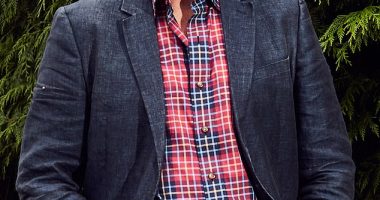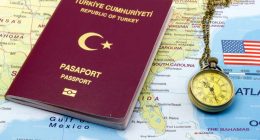It’s almost time for my fellow runners to wave goodbye to the down vests and toasty base layers that have kept you warm all season, and say hello to the tank tops and split shorts that have been buried in the closet since September. While you’re breaking out your favorite warm-weather running apparel, don’t forget that your feet can overheat, too, and the shoes you’ve been wearing all winter may not work any longer as temperatures begin to climb. Consider this your sign to invest in a pair of lightweight running shoes that’ll keep your feet cool and dry, just in time for sweaty-feet season.
Experts In This Article
In addition to keeping your trotters totally comfortable (and as stench-free as possible), lightweight, breathable running shoes can prevent dreaded hot spots, blisters, skin tears, and calluses caused by excess moisture, says Mark Mendeszoon, DPM, a podiatrist running store owner based in Chardon, Ohio. “The other problems we see with moisture collection are athlete’s foot, an increased chance of developing plantar warts or viruses, and more irritation and friction on the toenails,” he says.
Ahead, find the best lightweight running shoes to lace up this summer, all tried and tested by yours truly (an avid runner based in warm North Carolina!). Plus tips from Dr. Mendeszoon and other running pros on how to shop for a new pair of sneaks.
The best lightweight running shoes, at a glance:
- Best for everyday running: Saucony, Ride 17, $140
- Best for distance running: New Balance, FuelCell SuperComp Trainer v2, $180
- Best for trail running: Brooks, Cascadia 17, $140
- Best hybrid: Merrell, Morphlite, $100
- Best for speed workouts: Salomon, Aero Volt 2, $150
- Best for hiking: Hoka, Anacapa Breeze Low, $155
- Best for races: Adidas, Adizero Adios Pro 3, $250
- Best for night running: Reebok, Floatzig 1 Shoes, $130
- Best for arch support: Brooks, Adrenaline GTS 23, $140
What to look for in a lightweight sneaker
Materials
When it comes to breathability, it’s all about the upper—the top section of the shoe that covers the foot. Ideally, you want your sneaks to be made of thin, mesh material with breathable features, like ventilation holes, and that skip extra design elements that are often made of thicker fabric and can trap heat.
While keeping your feet as dry as possible is the goal, waterproof shoes won’t help you on those hot summer days, either, says Bermel. “The purpose of those shoes is to keep water out, not to be breathable,” says Caroline Bermel, head shoe tester at Fleet Feet. (Bermel lives in sunny Florida, so she would know!) While they can protect your feet from rain and puddles, they’ll just trap sweat inside the shoe, making your moisture problems much worse.
Fit
It’s also important to account for fit. “The most important thing, if you’re going to be running in warm weather, is to make sure that the fit of your shoes is right,” says Bermel. That’s because while you may be able to get away with a shoe that doesn’t fit quite right in the winter, once you introduce moisture into the equation, you’re going to start getting blisters in the places where your skin is rubbing against the shoe. “I have shoes that I’ve worn all through the winter and they were great, and then I use them in the summer and all of a sudden, I can’t wear them anymore,” she says. Getting an expert fitting at your local running store can help ensure that you find a pair with a secure fit, even when sweat enters the picture.
And though a thin, light upper is important for breathability, Bermel says that the overall weight of the shoe—largely determined by how bulky the midsole and outsole are—doesn’t matter so much. “The outsole shouldn’t affect how warm your feet feel, or the breathability of the shoe,” she says. In other words: If you prefer maximally-cushioned shoes that are on the heavy side, there’s no reason not to wear them in the summer as long as the upper is breathable.
Socks
And keep in mind: Even the lightest, most ventilated pair of running shoes is nothing without the right pair of socks, Bermel adds. Avoid materials that will soak up sweat, like cotton, and opt for synthetic, moisture-wicking fabrics like polyester. “If you have an amazing pair of shoes but you don’t have the right socks, it’s kind of like buying a house and then not putting any furniture in it,” she says.
It’s been a long, sweaty running season where I live in North Carolina, so I was able to put some shoes—including recs from Bermel and Dr. Mendeszoon—to the test. These are the pairs that came out on top:
Shop the 9 best lightweight running shoes
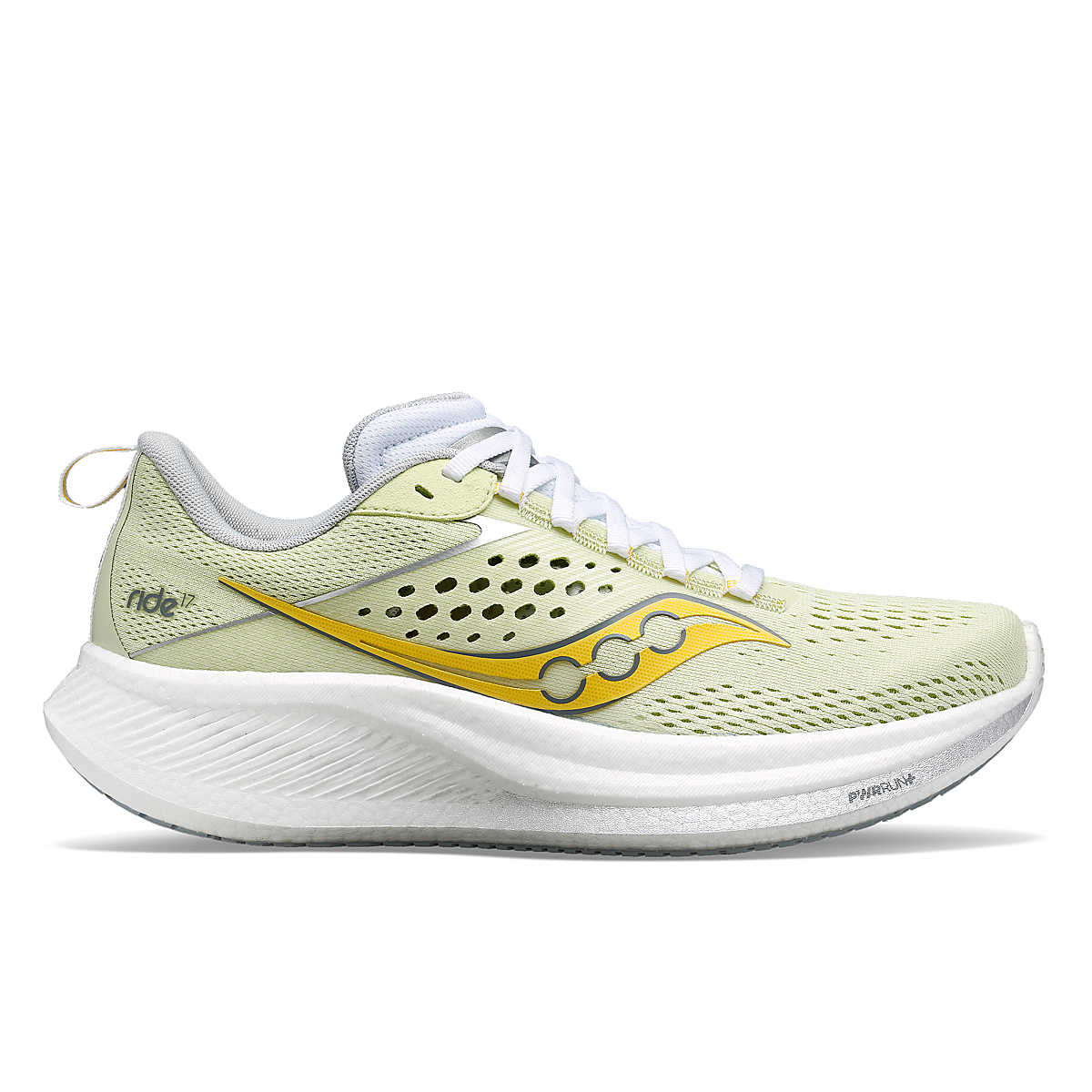
Best for everyday running: Saucony, Ride 17 — $140.00
Available sizes: 5-12, in half sizes and two widths
If you’re a one-shoe-at-a-time runner, you need a shoe to do it all, and for that shoe to do it all well. The Saucony Ride 17 is one of those versatile, jack-of-all-trades, featuring a generous stack of soft, bouncy cushion that feels as good on recovery runs as it does when you’re picking up the pace. Its engineered mesh upper is one of the most breathable I’ve found in the daily trainer category, while still being durable enough to handle all the paces you put it through. Dr. Mendeszoon agrees, and says that Saucony is known for its comfortable, breathable uppers.
Heel-to-toe drop: 8mm
Weight: 8.4oz
Colors: 13
- Highly breathable engineered mesh upper
- Versatile
- Bouncy, plush foam
- Vegan and contains recycled materials
- Some reviewers complain of durability issues
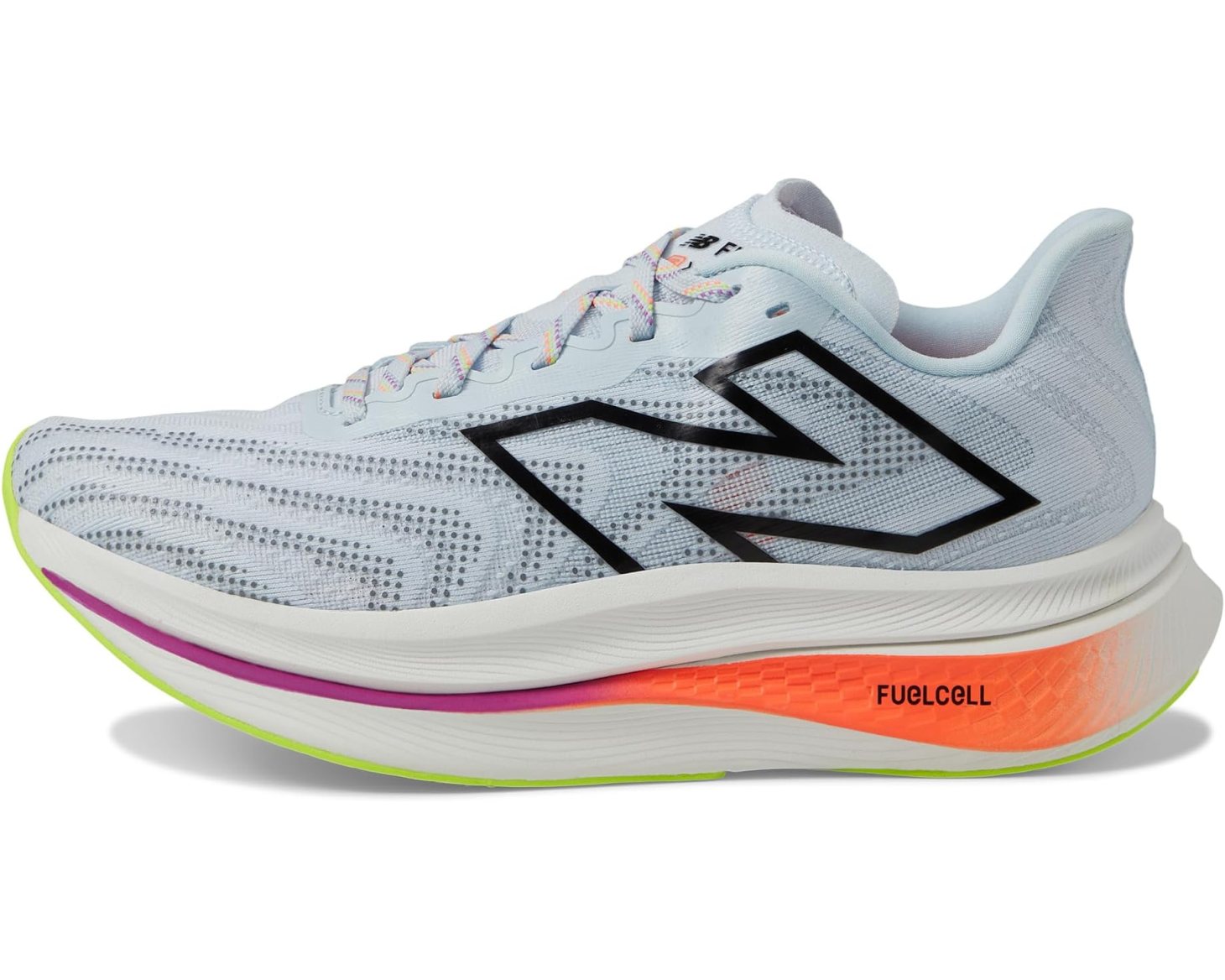
Best for distance running: New Balance, FuelCell SuperComp Trainer 2 — $180.00
Available sizes: 7-14, in half sizes and two widths
Long runs call for shoes that make them feel less long. That’s the New Balance SuperComp Trainer v2, a bouncy, propulsive, and comfortable shoe that feels a bit like running on soft, springy clouds. With a thin flat-knit upper with lots of ventilation, I’ve found that the SuperComp Trainers shed water easily. Though they have a carbon plate, they’re more durable and forgiving than most racing shoes and stand up to the daily wear and tear I put them through.
Colors: 2
Heel-to-toe drop: 6mm
Weight: 7.8oz
- Breathable flat-knit upper with lots of ventilation
- Propulsive carbon plate
- Lots of soft, springy foam
- Carbon plate may not be appropriate for beginner runners
- Pricey
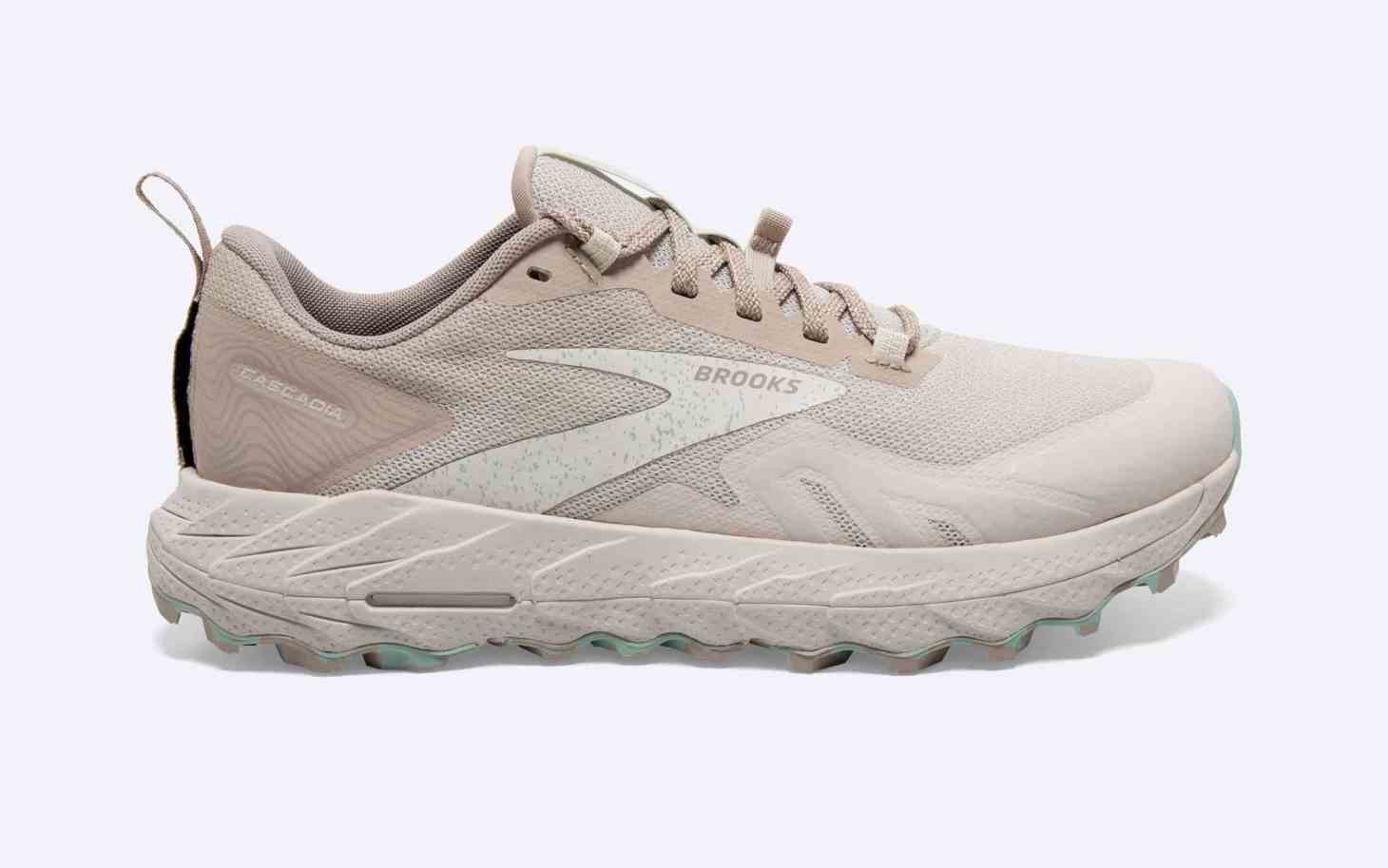
Best for trail running: Brooks, Cascadia 17 — $140.00
Available sizes: 5-12, in half sizes and two widths
The idea of a trail shoe being breathable can feel like somewhat of a contradiction. After all, trail shoes are made to protect your feet from the rocks, roots, and more that you might encounter on a trail, says Dr. Mendeszoon, and usually have tighter-knit, more dense uppers. But Brooks’ Cascadia 17 comes recommended by both Dr. Mendeszoon and Bermel as a shoe with an upper that strikes the right balance of breathability and protection. Plus, it has everything else you need out of a trail shoe: stability, a grippy outsole, and comfortable cushioning.
Heel-to-toe drop: 8mm
Weight: 9.8oz
Colors: 7
- Balances breathability and protection
- Comfortable and stable on tricky terrain
- Grippy outsole
- Made from recycled materials
- Not as breathable as a road shoe
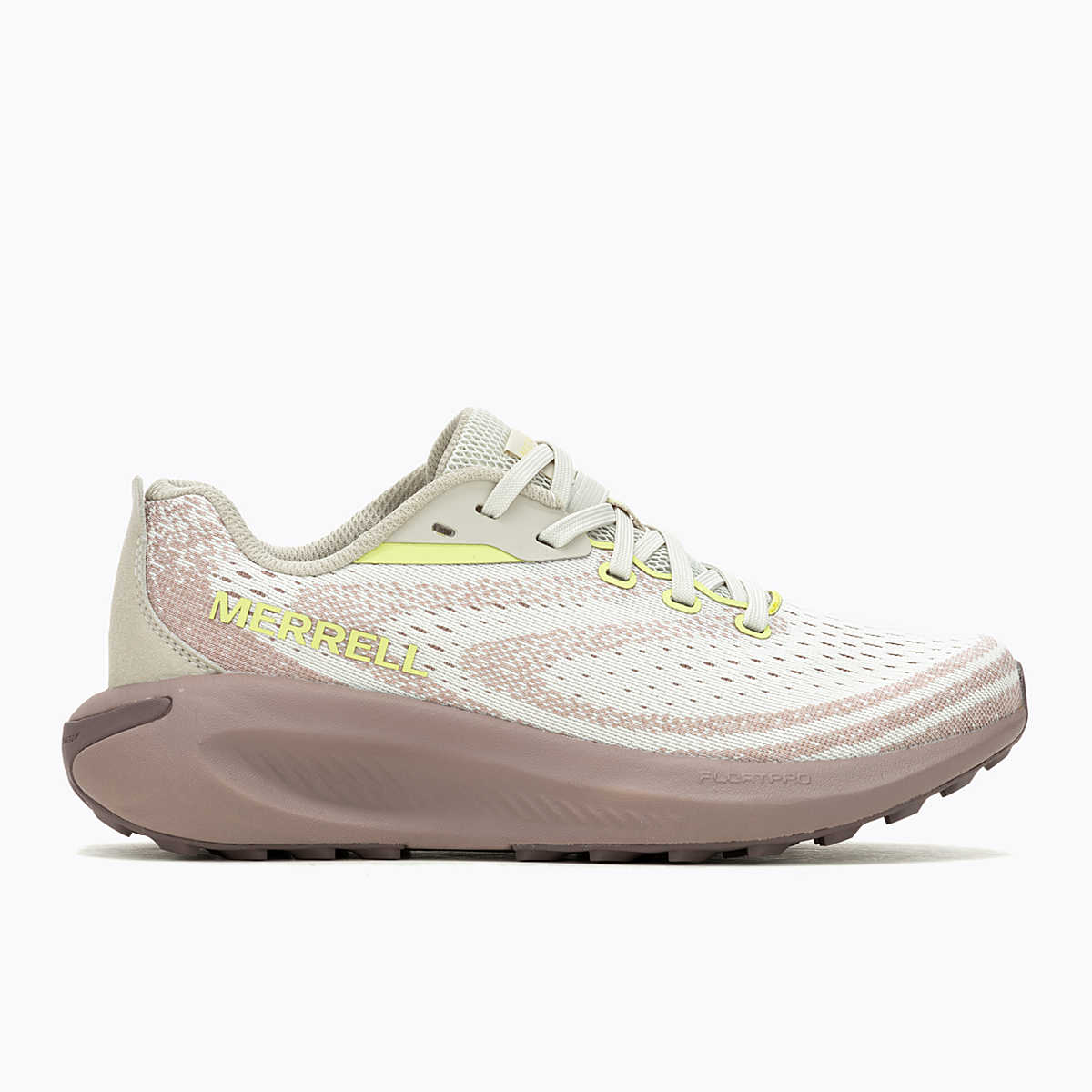
Best for hybrid road/trail runs: Merrell, Morphlite — $100.00
Available sizes: 5-11, in half sizes and two widths
Sometimes you just can’t know where exactly your run is going to take you. Those are the days when you need a shoe that can handle a variety of terrain—roads, trails, gravel, and more. That’s where Merrell’s new Morphlite comes in, an all-terrain shoe at an almost unheard-of price point of $100. Its breathable jacquard upper felt more similar to a road shoe than a trail shoe on my test runs, meaning it’s great for warm days but not very protective, so probably best for light trails.
Heel-to-toe drop: 6.5mm
Weight: 7.58oz
Colors: 6
- Affordable
- Breathable jacquard upper
- Comfortable on various surfaces
- Vegan and made from sustainable materials
- Minimal protection—not ideal for technical trails
- Not as durable as other trail shoes
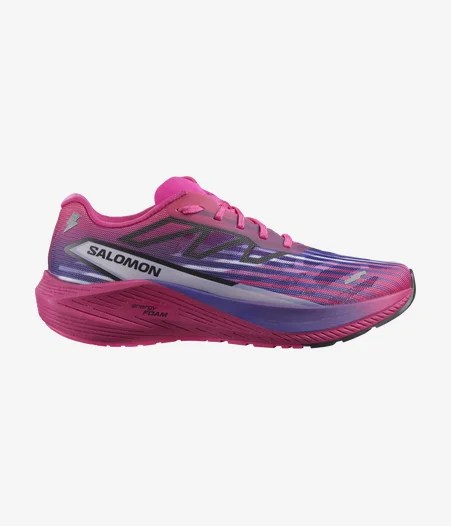
Best for speed workouts: Salomon, Aero Volt 2 — $150.00
Available sizes: 5-11, in half sizes
When your feet are freezing in a shoe in the winter, that’s probably a good sign that they’re going to feel great in that shoe in the summer. That’s the case with Salomon’s new Aero Volt 2, a lightweight road shoe with an extremely thin, well-ventilated upper. With its barely-there weight and snappy, responsive ride, the Aero Volt 2 is at its best when you’re pushing the pace, whether you’re working out on the track or chasing tempo miles.
Heel-to-toe drop: 8mm
Weight: 6.7oz
Colors: 2
- Lightweight
- Super breathable mesh upper
- Snappy ride
- Low profile
- May be too firm for some runners
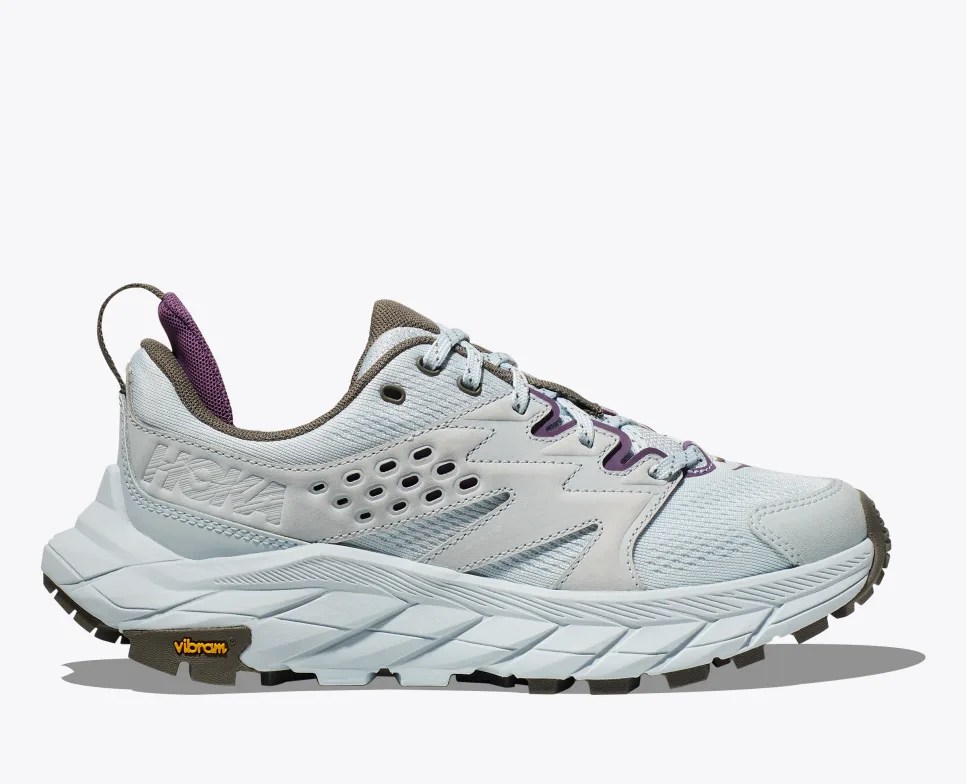
Best for hiking: Hoka, Anacapa Breeze Low — $155.00
Available sizes: 5-11, in half sizes
On those days when it’s too hot to run, there’s always a slow, shady hike. Hoka’s Anacapa Breeze Low has quickly established itself as my go-to for summer hikes—it’s about as breathable as hiking shoes come, with a highly ventilated knit upper. It’s as comfortable, grippy, and plush as you’d expect from a Hoka hiking shoe, and still has protective elements on the upper that make it safe for trickier terrain.
Heel-to-toe drop: 6mm
Weight: 10.2oz
Colors: 5
- Breathable, ventilated knit upper
- Some protective elements on the upper
- Grippy
- Comfortable
- Sacrifices some protectiveness and durability for breathability
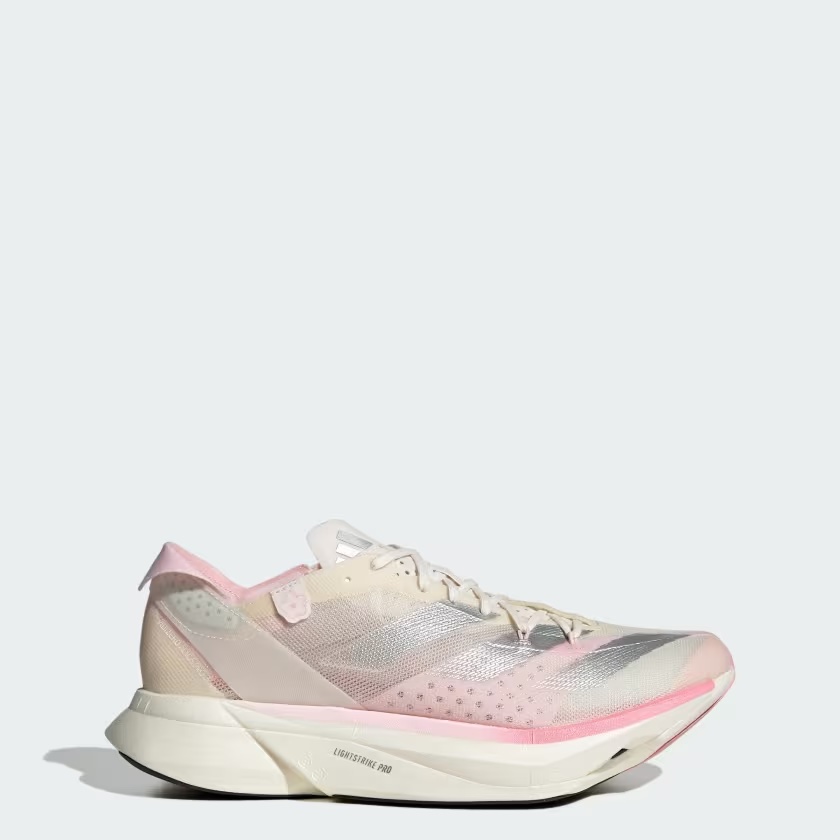
Best for races: Adidas, Adizero Adios Pro 3 — $250.00
Available sizes: 5-12, in half sizes
You typically don’t need to worry much about breathability when you’re talking top-tier race shoes, which are made to be as light as possible, says Bermel. While there are many stellar options in the category, the Adidas Adizero Adios Pro 3s stand out for their thin mesh upper and carbon-infused energy rods made for running your fastest races.
Heel-to-toe drop: 6mm
Weight: 6.4oz
Colors: 4
- Very lightweight
- Super breathable upper
- Fast, propulsive ride
- Pricey
- Not designed for beginner runners
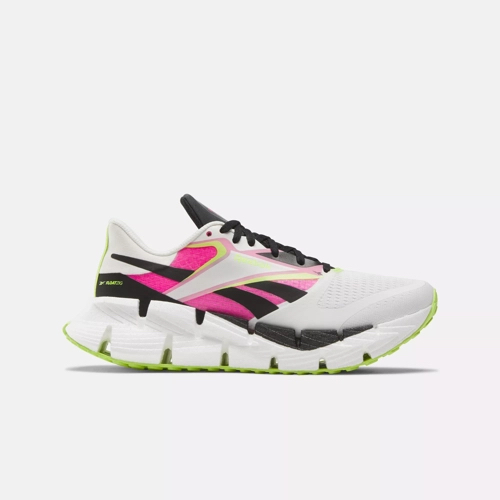
Best for night running: Reebok, FloatZig 1 Shoes — $130.00
Available sizes: 5-12, in half sizes
True to its name, the FloatZig is floaty. Built to be super springy and propel you forward, FloatZig’s outsole zigs and zags in a “geometry that enhances cushioning, energy return, and a smooth transition to give a unique underfoot experience.” They feel like a dream thanks to the foam outsole and lightweight upper. Bonus: They’re reflective and, on top of their already bright colors, are perfect for staying safe and visible on low-light runs.
Heel-to-toe drop: 6mm
Weight: 9.8oz
Colors: 6
- Designed for maximum propulsion and energy return
- Lightweight upper
- Reflective overlays
- Versatile
- Definitely a bolder look, which might be con if you prefer a more subtle shoe
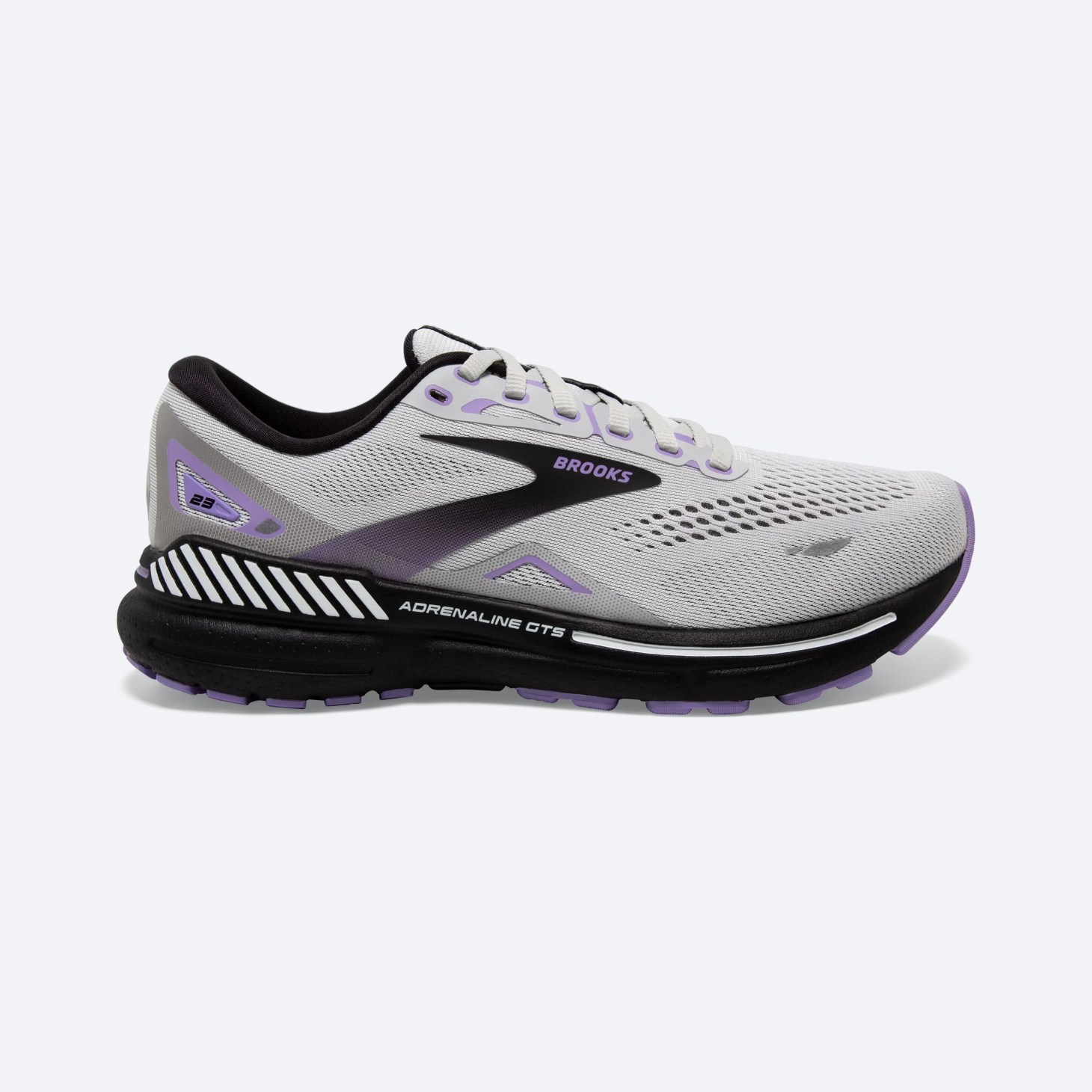
Best for flat feet: Brooks, Adrenaline GTS 23 — $140.00
Available sizes: 5-13, in half sizes and two widths
Runners with flat feet or low arches tend to overpronate, or roll their feet slightly inward. Shoes with supportive features can help correct this tendency, and Brooks’ Adrenaline GTS 23 is one of the best options in the biz, according to Dr. Mendeszoon, complete with guardrail technology that keeps your stride in check plus a breathable engineered air mesh upper.
Heel-to-toe drop: 12mm
Weight: 9.1oz
Colors: 23
- Supportive features help prevent pronation
- Breathable upper
- Comfy, snappy ride
- Heavier than other options
- High drop won’t fit right on some runners
Our editors independently select these products. Making a purchase through our links may earn Well+Good a commission.
Source: Well and Good


